EXHAUST SYSTEM: COMPONENTS AND THEIR FUNCTION
EXHAUST SYSTEM: COMPONENTS AND THEIR FUNCTION
The exhaust system collects the exhaust gases from the cylinders, removes harmful substances, lowers the level of noise, and discharges the purified exhaust gases at a suitable location on the vehicle away from the vehicle’s occupants. Depending on the engine, there may be one or two channels in the exhaust system. The flow resistance needs to be chosen in a way that minimizes the impact of the exhaust backpressure on engine performance. The exhaust system must be designed and viewed as a whole in order to ensure its flawless operation. This indicates that the design engineers must coordinate its components in accordance with the particular engine and vehicle.
The exhaust system must perform numerous complex tasks and is also subjected to extreme stresses. The cylinders’ fuel-air mixture is suddenly heated to temperatures of up to 2,400 °C. As a result, it expands significantly before exploding at breakneck speed into the exhaust system. This noise level needs to be roughly decreased because it resembles the crack of an explosion. 50 dB(A) when it reaches the end of the exhaust system from the engine exhaust valve.
Apart from temperature and pressure stresses, the exhaust system must also cope with vibrations from the engine and bodywork as well as vibrations and jolting from the carriageway. The exhaust system additionally has to resist corrosion attacking from the inside caused by hot gases and acid, and from the outside in the form of moisture, splashed water and saltwater. There is also the risk that the catalyst may be poisoned through sulfur or lead present in the fuel.

COMPONENTS OF THE EXHAUST SYSTEM
1. Exhaust manifold:
The exhaust manifold attaches to the cylinder head and takes each cylinder’s exhaust and combines it into one pipe. The manifold can be made of steel, aluminum, stainless steel, or more commonly cast iron.
2. Oxygen sensor:
All modern fuel-injected cars utilize an oxygen sensor to measure how much oxygen is present in the exhaust. From this, the computer can add or subtract fuel to obtain the correct mixture for maximum fuel economy. The oxygen sensor is mounted in the exhaust manifold or close to it in the exhaust pipe.
3. Catalytic converter:
This muffler-like part converts harmful carbon monoxide and hydrocarbons to water vapor and carbon dioxide. Some converters also reduce harmful nitrogen oxides. The converter is mounted between the exhaust manifold and the muffler.
Selective Catalytic Reduction (SCR)
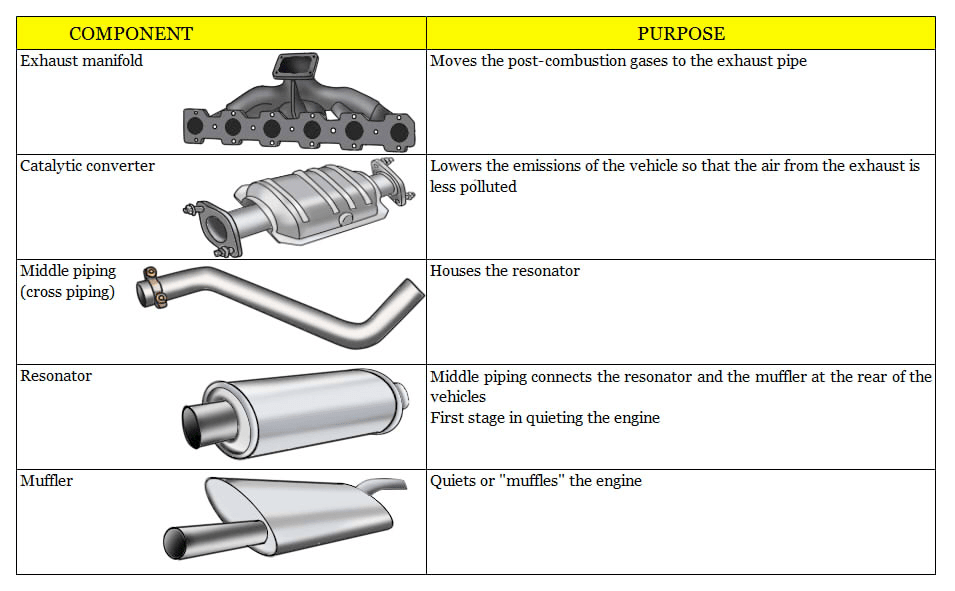
This technology uses ammonia to break down dangerous NOx emissions produced by diesel engines into nitrogen and water. In automotive applications, SCR delivers ammonia through a urea solution – Diesel Exhaust Fluid (DEF) – which is sprayed into the exhaust stream by an advanced injection system and then converted into ammonia on a special catalyst.
SCR is the technology of choice for the majority of truck and engine manufacturers to meet 2010 emissions standards for heavy-duty trucks.
Aside from helping the environment, the biggest benefit of SCR for vehicle owners is the fuel efficiency the technology provides. Because SCR deals with emissions in the exhaust pipe, engineers are able to tune the engine to provide more torque and reduce fuel consumption.
4. Muffler/Silencer:
Every internal combustion engine produces “exhaust noise” due to the pulsating emission of gases from the cylinders. This noise has to be silenced by reducing the sound energy of the exhaust gas flow. There are two basic options here: Absorption and reflection of the sound in the silencer. These two principles are generally combined in a single silencer. Exhaust chambers and exhaust flaps are other sound-absorbing and sound-modifying elements that can be used to eliminate especially undesirable frequencies from the outlet noise. Catalytic converters also have a sound-absorbing effect.
The exhaust system is itself a system subject to vibration, it produces noise itself through natural frequencies and vibration which are transmitted to the car body. Careful coordination of the entire system is, therefore, necessary here. This includes the design and positioning of the individual elements of the exhaust system and their flexible mountings.
The muffler serves to quiet the exhaust down to acceptable levels. Remember that the combustion process is a series of explosions that create a lot of noise. Most mufflers use baffles to bounce the exhaust around dissipating the energy and quieting the noise. Some mufflers also use fiberglass packing which absorbs the sound energy as the gases flow through.
5. Resonator
The muffler alone cannot always quiet all the engine noise. Many exhaust systems also include a resonator which is like a mini-muffler. They are usually straight pipes filled with sound-muffling materials. The resonator can be either before or after the muffler in the exhaust system.
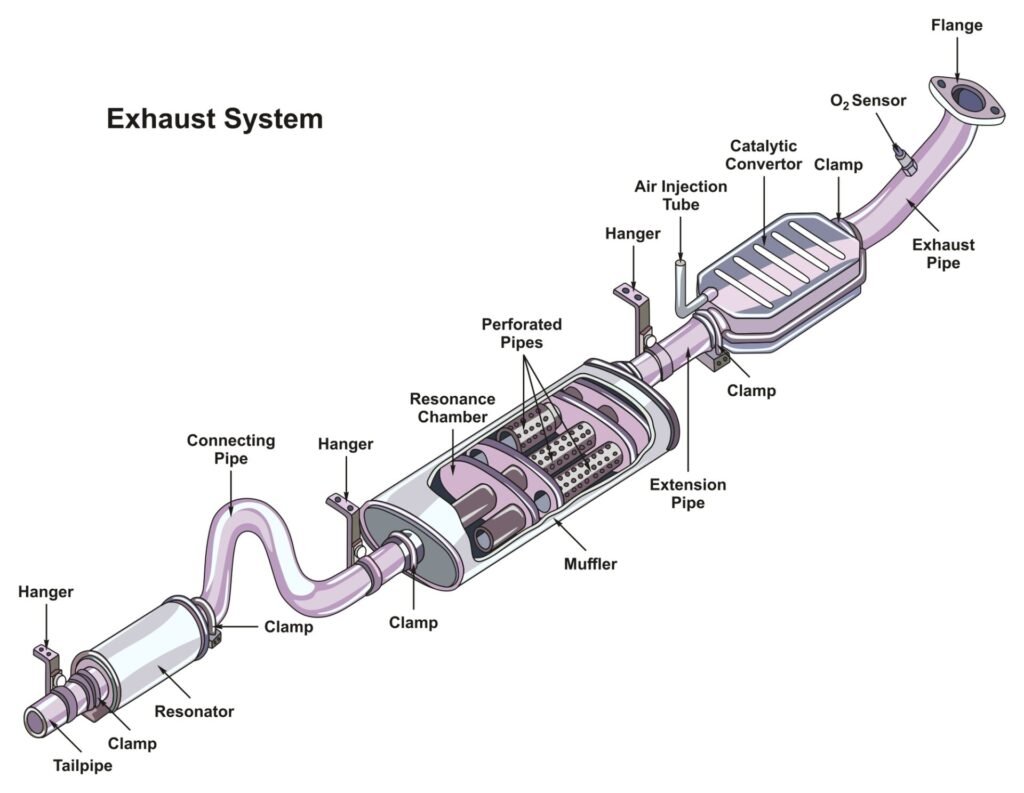
6. Exhaust pipe:
Between all of the above mention parts is the exhaust pipe which carries the gas through it’s journeys out your tailpipe. Exhaust tubing is usually made of steel but can be stainless steel (which lasts longer due to its corrosion resistance) or aluminized steel tubing. Aluminized steel has better corrosion resistance than plain steel but not better than stainless steel. It is, however, cheaper than stainless steel.

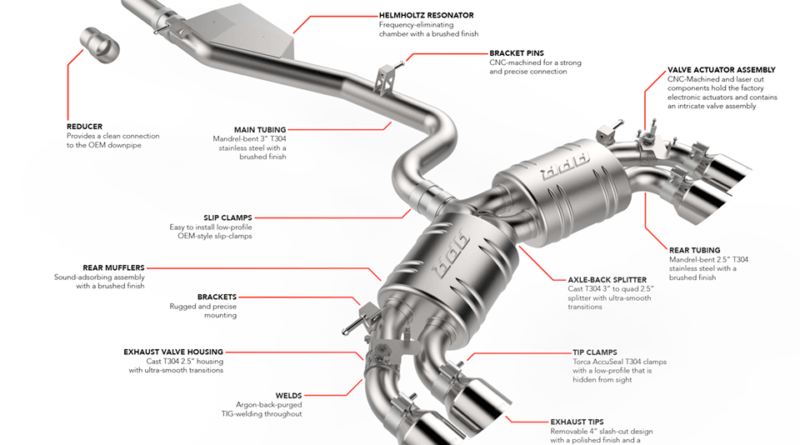
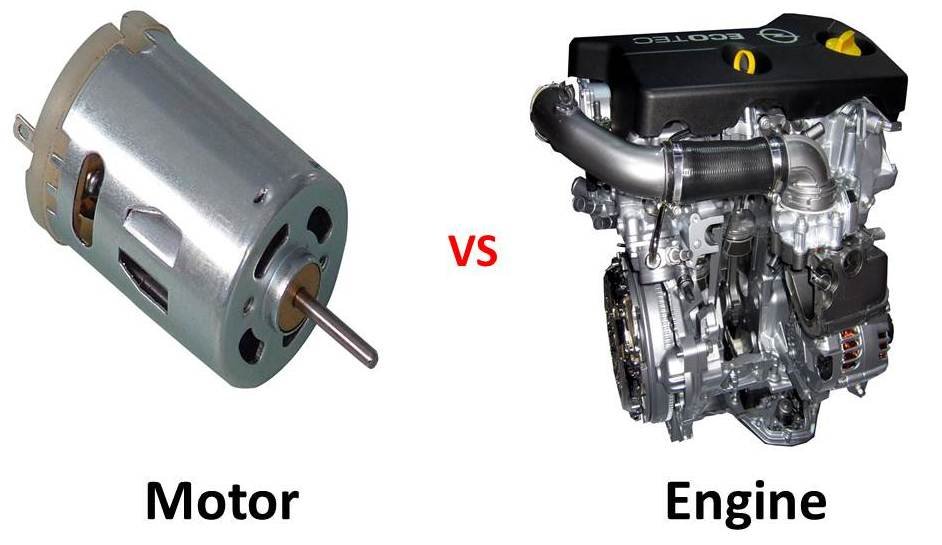

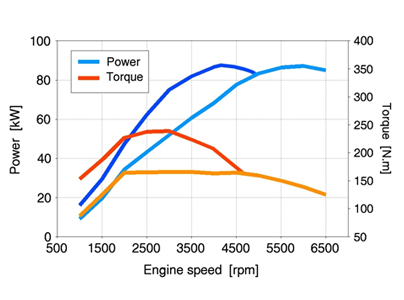
Nice article
Good article